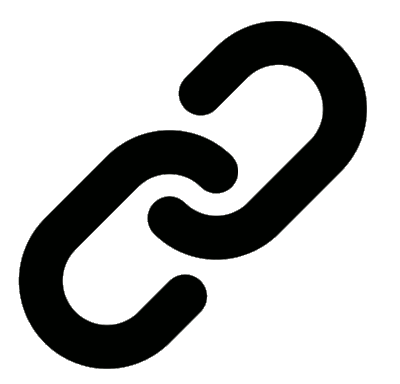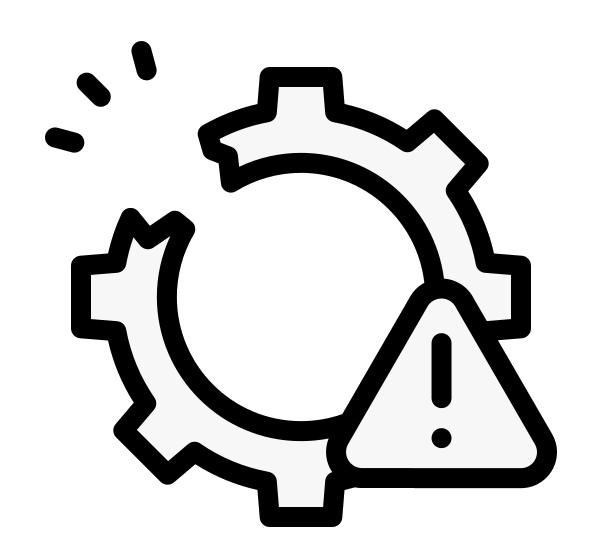| Re: OTD 21st February (1967) - Shunting with horses Posted by Electric train at 16:48, 21st February 2022 |     |
Paddington Station had the Mint Stables https://historicengland.org.uk/services-skills/education/educational-images/dray-horses-at-the-mint-stables-paddington-station-westminster-london-3921
Now part of St Mary's Hospital called Mint Wing? They're remnants from the days when the building housed multi storey stables for the horses that worked on the railways at Paddington — up to 600 horses at any one time.
The building remained as stables until the 1950s when it became a research laboratory.
The horses there would have been used for delivery drays but would have also stabled some of the 'shunting horses' used in Paddington Goods
| Re: OTD 21st February (1967) - Shunting with horses Posted by Oxonhutch at 16:29, 21st February 2022 |     |
Douglas
The Douglas Bay Horse Tramway on the Isle of Man runs along the seafront promenade for approximately 1.6 miles (2.6 km), from the southern terminus at the Victoria Pier, adjacent to the Isle of Man Sea Terminal, to Derby Castle station, the southern terminus of the Manx Electric Railway, where the workshops and sheds are located. It is a distinctive tourist attraction. However works have been underway to relay all of the track in 2019 and at present only a third (from the Derby Castle) is usable, with no published completion date for the works.
The Douglas Bay Horse Tramway on the Isle of Man runs along the seafront promenade for approximately 1.6 miles (2.6 km), from the southern terminus at the Victoria Pier, adjacent to the Isle of Man Sea Terminal, to Derby Castle station, the southern terminus of the Manx Electric Railway, where the workshops and sheds are located. It is a distinctive tourist attraction. However works have been underway to relay all of the track in 2019 and at present only a third (from the Derby Castle) is usable, with no published completion date for the works.
Before the turn of the millennium, the Douglas tramway had one of the newest extensions to any horse tramway in the world. The tracks seen here carried on to a new tramway terminus by the then new (1965) Sea Terminal building. The seaside wall of that terminus is visible in the distance on the left of the pier in what is now a car parking area.
| Re: OTD 21st February (1967) - Shunting with horses Posted by grahame at 15:49, 21st February 2022 |     |
Was there a reason for not going with this (as Wikipedia has it):
"The world's first locomotive-hauled railway journey took place on 21 February 1804, when Trevithick's unnamed steam locomotive hauled a train along the tramway of the Penydarren Ironworks, in Merthyr Tydfil, Wales."
Too obvious?
"The world's first locomotive-hauled railway journey took place on 21 February 1804, when Trevithick's unnamed steam locomotive hauled a train along the tramway of the Penydarren Ironworks, in Merthyr Tydfil, Wales."
Too obvious?
No reason ... other than that I started putting the OTD data set together with the slightly unusual, then searched on the dates that were missing to see what I could dig out in the more conventional. Guess Charlie came out tops!
I will add Trevithick to my data set ...
| Re: OTD 21st February (1967) - Shunting with horses Posted by stuving at 14:52, 21st February 2022 |     |
Was there a reason for not going with this (as Wikipedia has it):
"The world's first locomotive-hauled railway journey took place on 21 February 1804, when Trevithick's unnamed steam locomotive hauled a train along the tramway of the Penydarren Ironworks, in Merthyr Tydfil, Wales."
Too obvious?
| Re: OTD 21st February (1967) - Shunting with horses Posted by grahame at 11:30, 21st February 2022 |     |
Use for shunting aside, was it the Hampton Court branch that for the first months of its existence operated the passenger service using horses for motive power?
Mark
Mark
A few passengers services were horse drawn in the past and one (though really a tourist tram) to this day
These first from Wikipedia:
Fintona
The Londonderry and Enniskillen Railway opened the station on 5 June 1853. From 1856, mainline services were withdrawn, and the station was a branch line from Fintona Junction railway station. Most passenger services on this branch line were provided by a horse-drawn tram car.
The short branch to Fintona became famous as the GNR worked it with a horse tram. Since the line's closure, the tram has been preserved at the Ulster Folk and Transport Museum at Cultra, County Down.
Port Carlisle
As a cheap alternative a horse-drawn service was provided in 1856 between Drumburgh and Port Carlisle for a number of years. In 1914 steam power was used and to try to avoid closure, a steam railmotor called 'Flower of Yarrow' was built and this service to Port Carlisle railway station lasted until the branch was closed in 1932.
Douglas
The Douglas Bay Horse Tramway on the Isle of Man runs along the seafront promenade for approximately 1.6 miles (2.6 km), from the southern terminus at the Victoria Pier, adjacent to the Isle of Man Sea Terminal, to Derby Castle station, the southern terminus of the Manx Electric Railway, where the workshops and sheds are located. It is a distinctive tourist attraction. However works have been underway to relay all of the track in 2019 and at present only a third (from the Derby Castle) is usable, with no published completion date for the works.
York - from History of York
For the first few months a steam tram was trialled, but soon horses were pulling the trams. The line was extended through Tower Street, Clifford Street, Ouse Bridge and Micklegate to the Mount by 1882, with a branch along Rougier Street to connect with the new railway station.
Micklegate is a fairly steep incline and an extra horse was needed to pull up the hill. A horse called Dobbin did the job for many years, waiting at the bottom of the hill until the next tram came along. He would be hooked up, do his work and then be released to make his own way back down to his position outside the Post Office.
| Re: OTD 21st February (1967) - Shunting with horses Posted by Mark A at 11:15, 21st February 2022 |     |
Use for shunting aside, was it the Hampton Court branch that for the first months of its existence operated the passenger service using horses for motive power?
Mark
| OTD 21st February (1967) - Shunting with horses Posted by grahame at 23:19, 20th February 2022 |     |
https://booksandmud.blogspot.com/2016/09/the-fall-of-railway-horse_67.html
There are no horses working in the shunting and goods yards of British railways now: the last one retired in 1967. That horse was the last of a phenomenon that had lasted over 100 years.
The very last railway horses worked at Newmarket Railway Station (a handsome building alas now demolished). The last of them all, Charlie, retired on 21 Feb 1967, after shunting his own horsebox onto the train which was taking him away from Newmarket Station. He went to Clare Hall, Ston Easton, where his working companion, Butch, had already gone.
Charlie achieved some celebrity as the last working railway horse, and British Pathé filmed him a few years before he retired.
The very last railway horses worked at Newmarket Railway Station (a handsome building alas now demolished). The last of them all, Charlie, retired on 21 Feb 1967, after shunting his own horsebox onto the train which was taking him away from Newmarket Station. He went to Clare Hall, Ston Easton, where his working companion, Butch, had already gone.
Charlie achieved some celebrity as the last working railway horse, and British Pathé filmed him a few years before he retired.










